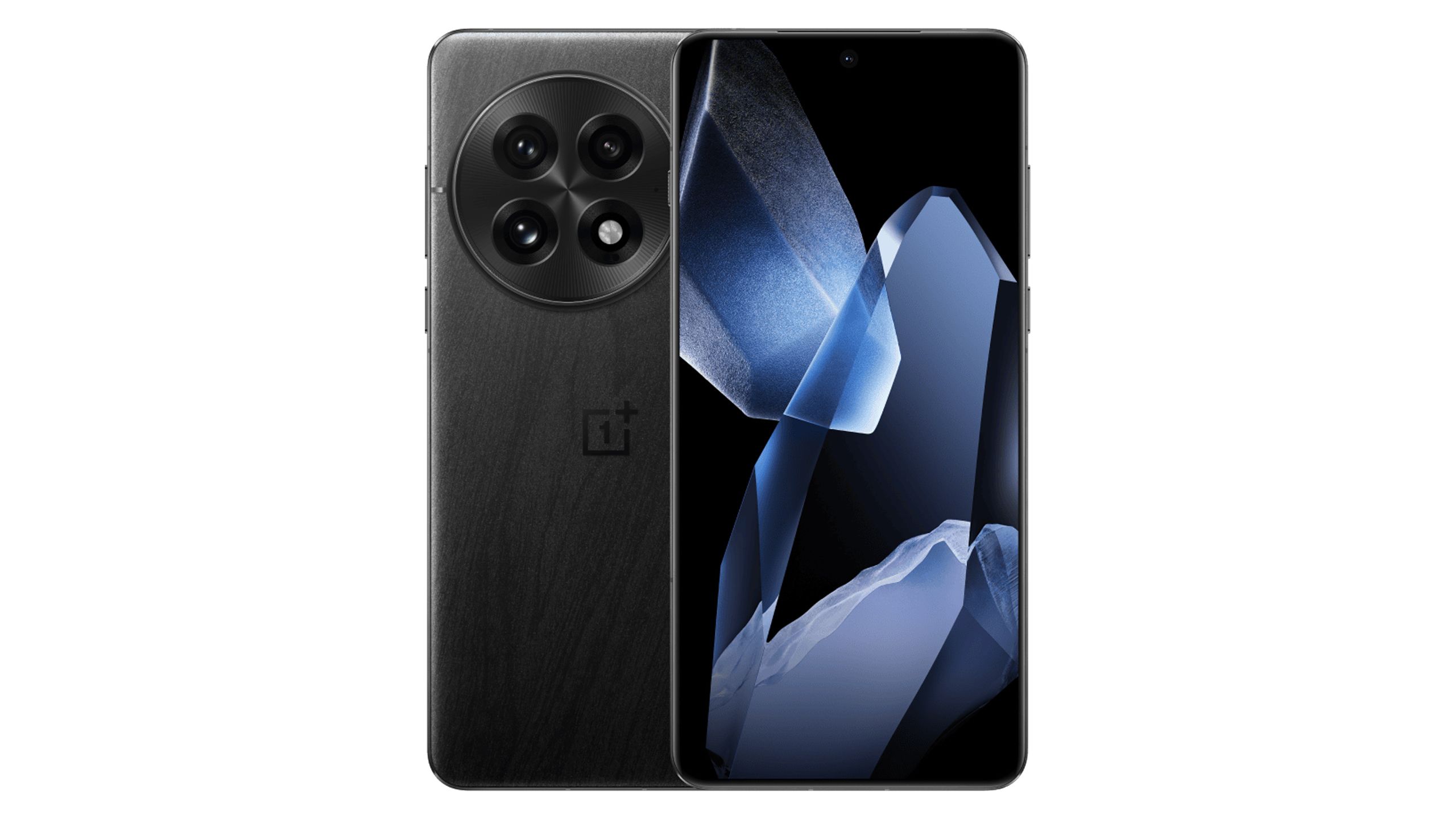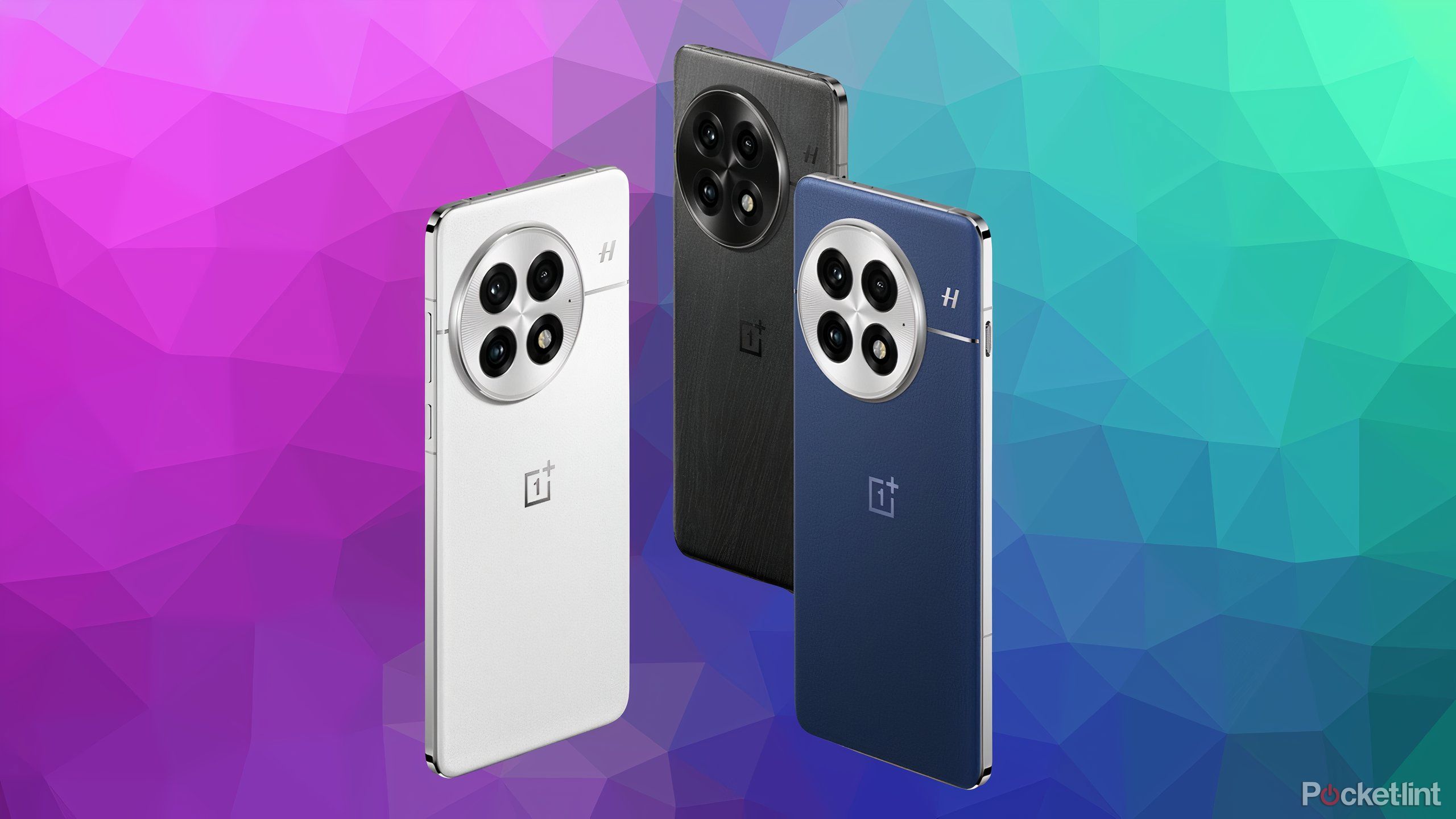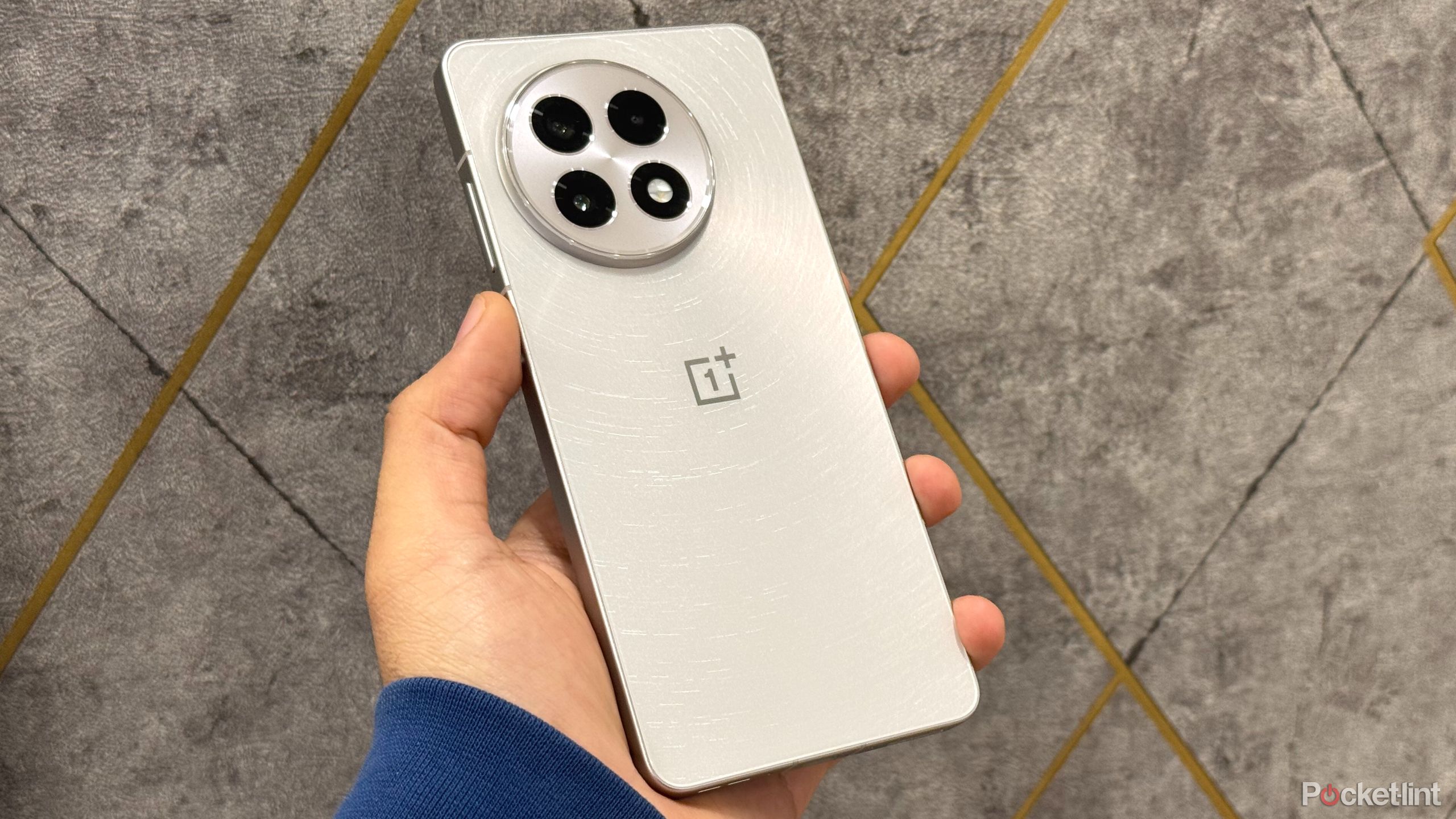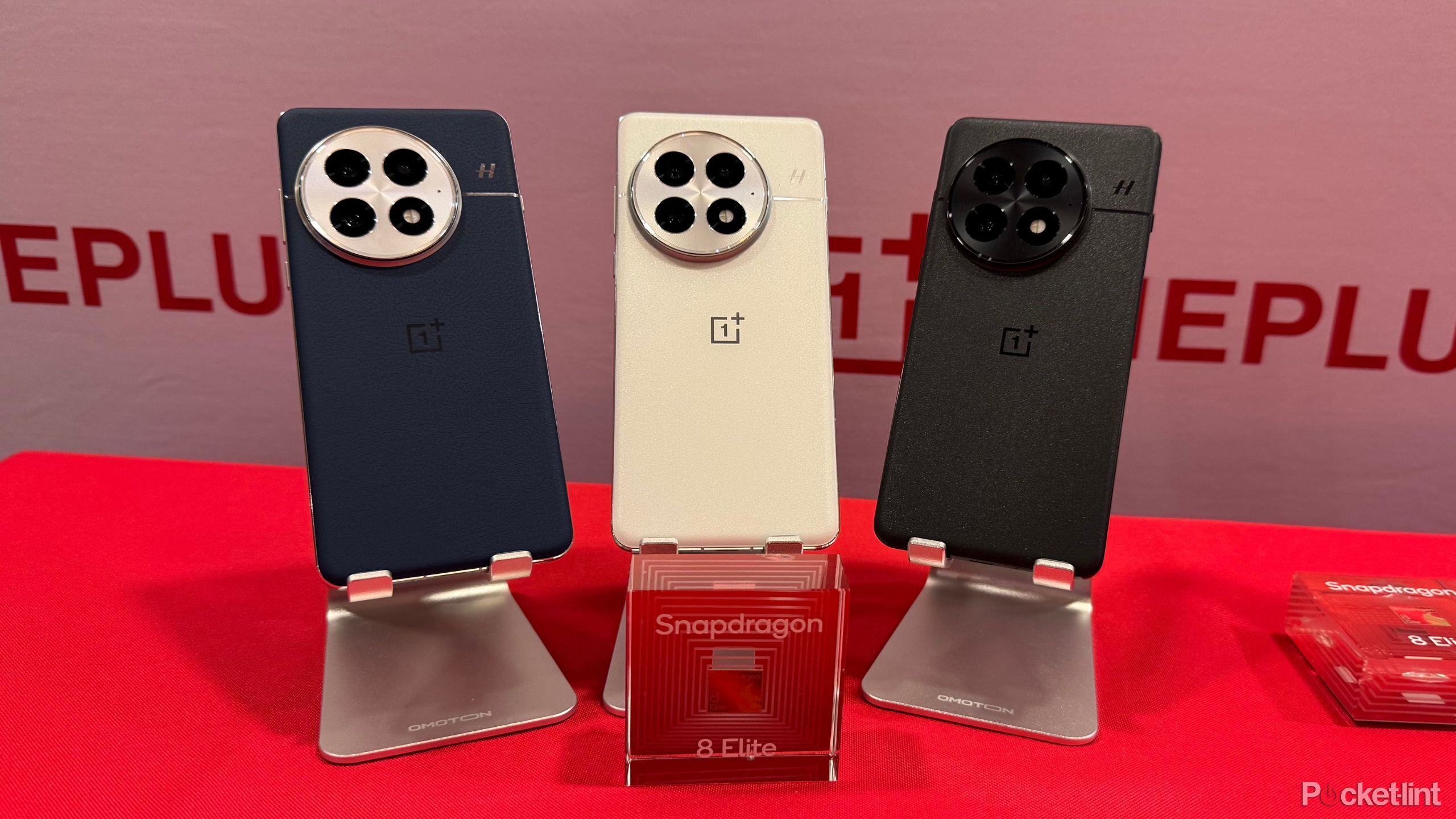Summary
- According to recent leaks, the OnePlus 13 mini (or 13T) could be launched in late April in China, with a global launch tipped to be happening soon after.
- The OnePlus 13 mini could have a 6.3-inch AMOLED display, which is smaller than the OnePlus 13’s 6.82-inch display.
- The OnePlus 13 mini might feature a 6,200mAh battery, which is larger than the One Plus 13’s 6,000mAh battery.
In January, the
OnePlus 13
was launched globally, and since then, there have been rumors about a smaller version of OnePlus’ popular flagship smartphone coming later this year. I’ve openly expressed my preference for smaller devices, and if given a choice, I would always choose a 6.1-inch or 6.3-inch screen over a larger 6.7 to 6.9-inch one. That’s why I was cautiously optimistic when rumors about a
OnePlus 13 mini
started emerging.
While the OnePlus 13 is an excellent flagship Android phone, it only has a 6.82-inch display option. This leaves users like me — who want to switch to OnePlus but prefer a smaller phone — out of luck. However, this all might be about to change.
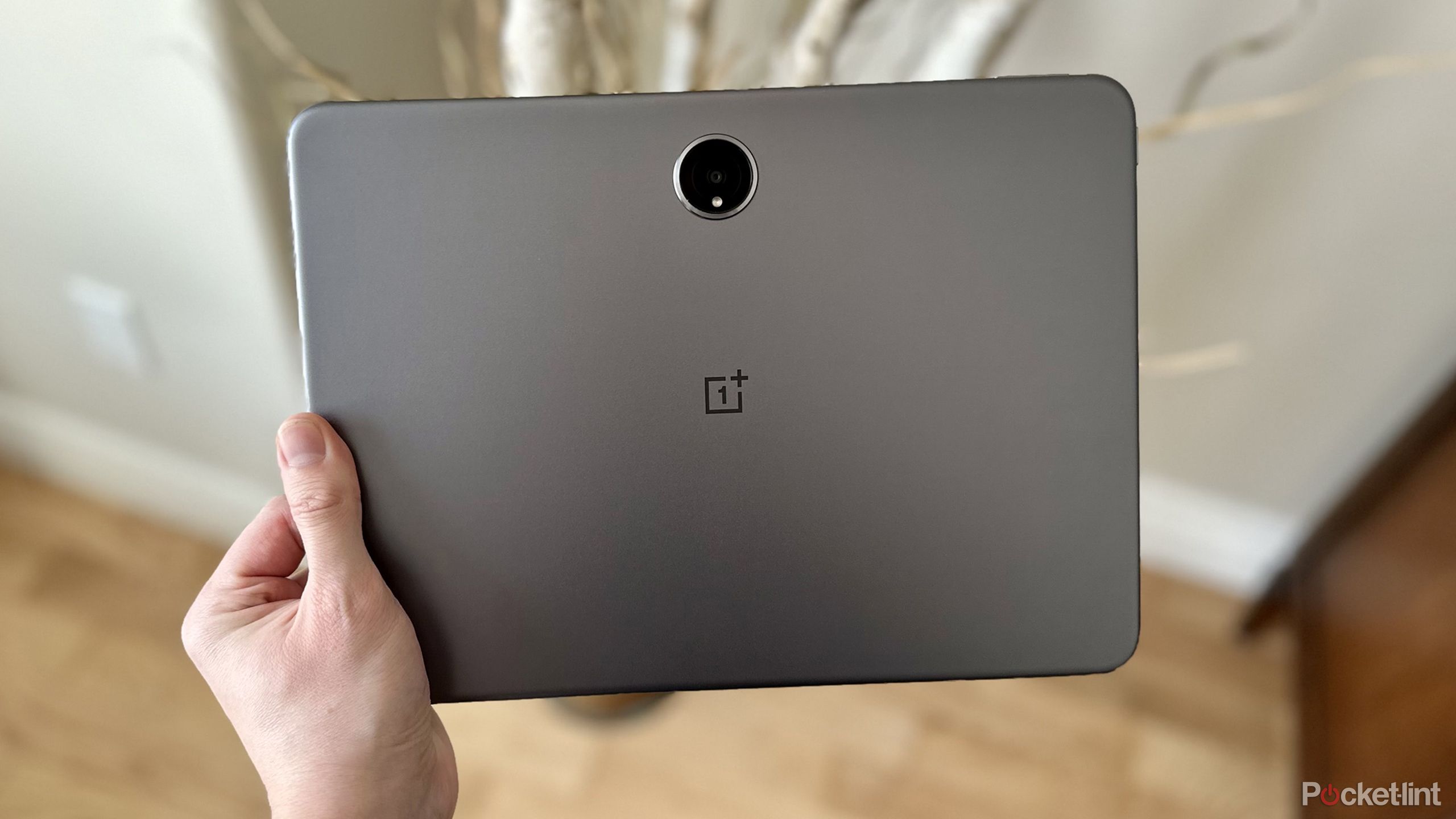
Related
The OnePlus Pad 2 Pro might be the iPad Pro killer I’ve been waiting for
The OnePlus Pad Pro 2 is expected to launch soon, and according to leaked specifications, it could be a strong competitor to the iPad Pro.
The OnePlus 13 mini could be arriving in April
It reportedly will have a 6.3-inch AMOLED display
According to the well-known leaker Digital Chat Station on the Chinese social media platform Weibo, the OnePlus 13 mini could be arriving in late April (via Android Headlines). This aligns with other leaks that have pointed to an April launch window. In many of the leaks, the OnePlus 13 mini is referred to as the OnePlus 13T, and it’s unclear what name the phone could actually launch with yet.
The OnePlus 13 mini is rumored to have a 6.3-inch AMOLED display, which is a few inches smaller than the OnePlus 13’s 6.82-inch display.
As the name suggests, the most significant difference between the OnePlus 13 mini and the OnePlus 13 is the size of the display. The OnePlus 13 mini is rumored to have a 6.3-inch AMOLED display, which is a few inches smaller than the OnePlus 13’s 6.82-inch display. This would make the OnePlus 13 lineup very similar to Apple’s iPhone 16 Pro lineup, as it offers the 16 Pro with a 6.3-inch display and the 16 Pro Max with a 6.9-inch display.
Unlike the OnePlus 13R, the processor on the OnePlus 13 mini is expected to be identical to the OnePlus 13, which has Qualcomm’s powerful Snapdragon 8 Elite chipset. This means there won’t be any compromises in performance by opting for the smaller form factor. Surprisingly, the OnePlus 13 mini might even be an upgrade in one regard.

Related
OnePlus’ latest product is a slim-line portable battery bank
OnePlus’ latest product, the Slim Magnetic Power Bank, is a 5,000mAh external battery pack that provides MagSafe compatibility out of the box.
Smaller phone, bigger battery
The OnePlus 13 mini could have a 6,200mAh battery
One of the most intriguing leaks about the OnePlus 13 mini is about its battery. Digital Chat Station recently suggested the OnePlus 13 mini will come packed with a 6,200mAh battery, which is larger than the OnePlus 13’s 6,000mAh battery.
…it seems OnePlus could be pulling an UNO reverse card here.
Usually, with smaller handsets, manufacturers reduce the battery size (ex: Apple and Samsung), but OnePlus could be pulling an UNO reverse card here. This reminds me of the situation with the
Pixel 9a
. The Pixel 9 Pro XL, Google’s current flagship handset, has a 5,060mAh battery, whereas the mid-range Pixel 9a that was just announced, which is smaller and cheaper, has a slightly larger 5,100mAh battery.
The OnePlus 13 mini is rumored to support 80W fast charging like its larger counterpart, making charging the 6,200 mAh battery quite speedy. The OnePlus 13 has a silicon carbon battery that offers greater energy density, so this likely could be true for the 13 mini as well.
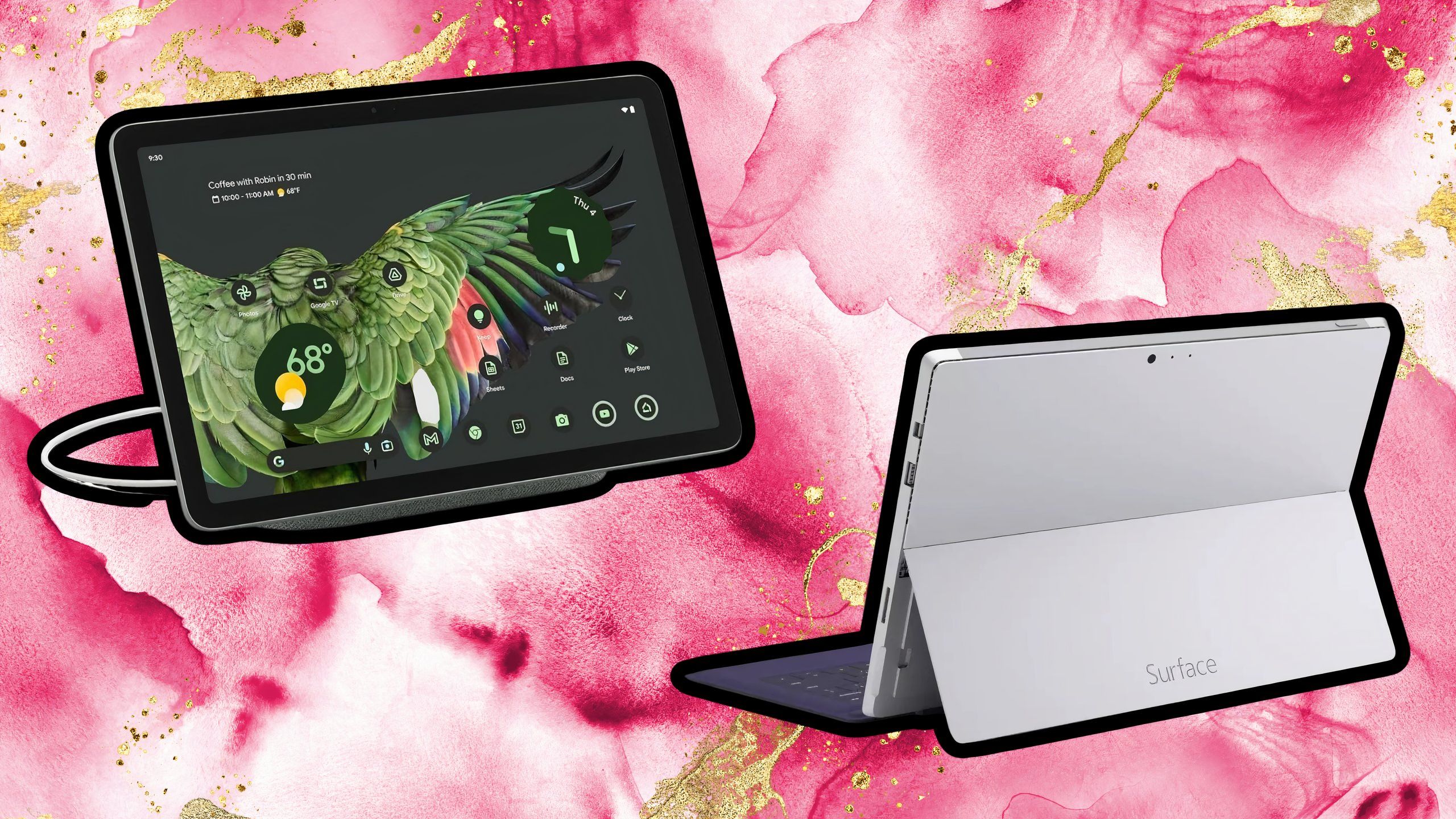
Related
These 5 tablets are so iconic, that I’d switch back to them in a heartbeat
Several tablets have changed the computing industry at large — here are 5 nostalgic models that I’ve had the pleasure of trying out over the years.
Availability and price will be key factors
A global launch for the OnePlus 13 mini is expected
It’s expected that if the OnePlus 13 mini launches in April, it will launch in China first, with a global release tipped for later. I could see this happening, as it’s precisely what OnePlus did for the OnePlus 13. It initially launched the phone in China in November of last year, and then two months later, in January of this year, it released it globally.
…I think OnePlus would be making a big mistake if it randomly decided not to launch the OnePlus 13 mini (or 13T) in other markets.
While the OnePlus 13 mini is rumored to be launching globally, I want to make it clear that I think OnePlus would be making a big mistake if it randomly decided not to launch the OnePlus 13 mini (or 13T) in other markets. A smaller, and possibly cheaper, OnePlus 13 might entice more people to try the phone out.
That leads me to pricing, which is currently unknown. The OnePlus 13 starts at $900 in the US, so I could foresee the 13 mini costing around $800. This would make it cheaper than the OnePlus 13 but still more expensive than the mid-range OnePlus 13R. This is just me speculating, though.
It’s also unclear whether the OnePlus 13 mini will have two or three rear cameras. Hopefully, it will have three, like the OnePlus 13. OnePlus hasn’t officially said anything about the OnePlus 13 mini yet, so all this is based on leaked information. But if the leaks turn out to be true, the OnePlus 13 mini could be the ultimate Android flagship of 2025.
With the OnePlus 13 mini rumored to be launching in April and the
OnePlus Pad 2 Pro
rumored to be coming in June, this spring is looking to be an exciting one for OnePlus. However, in the US, the wait for these devices will likely be longer.

Related
The iPad Air only serves one purpose for Apple: upselling you a Pro
Expansions to the iPad lineup used to be defined by unique features — now they mostly represent the maximum amount of money you’re willing to pay.

